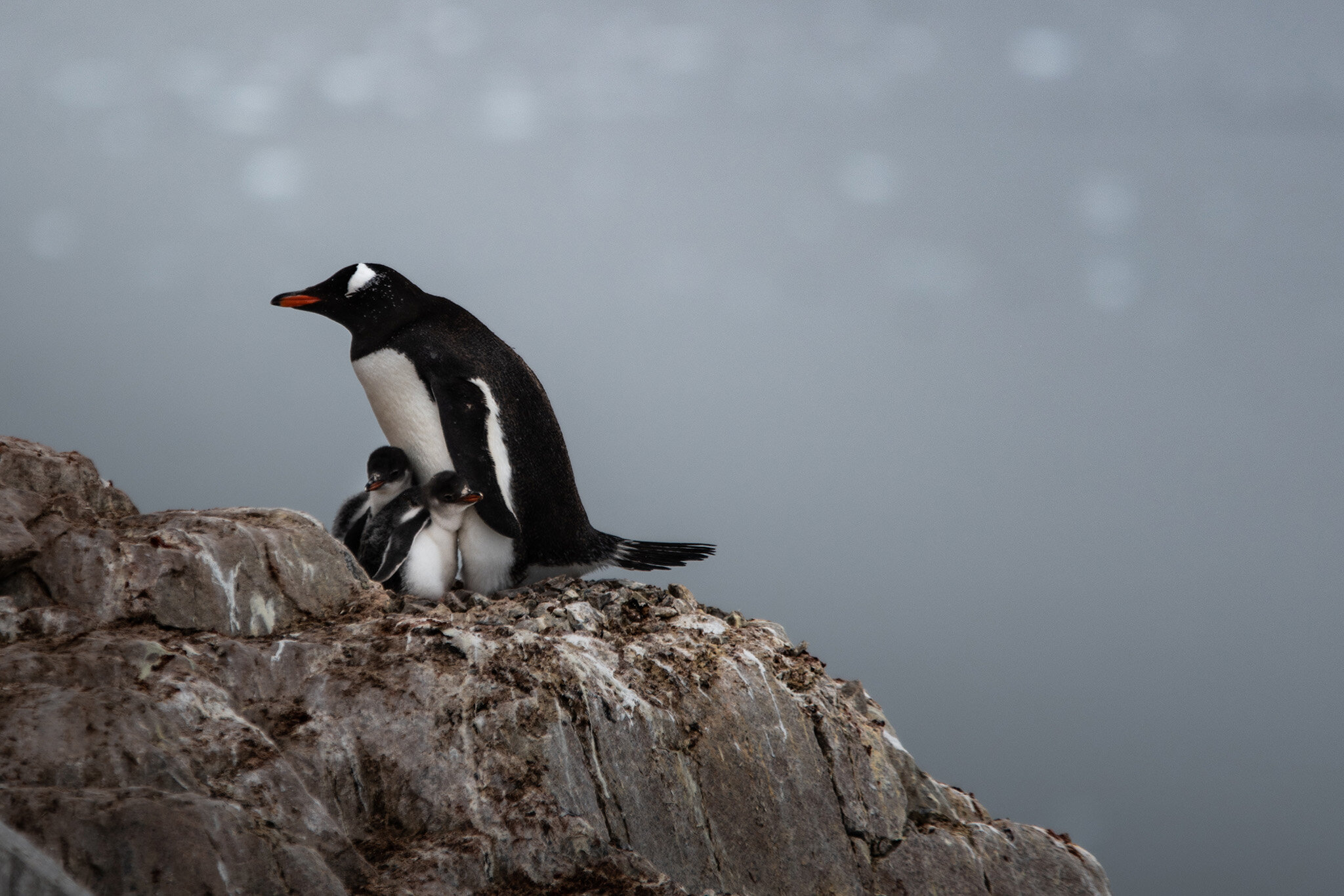Thank you all for coming to our first meeting! We appreciate you putting up with our technical difficulties, and hope you learned something. We had plenty of great questions, particularly regarding ISO invariance (good article here). For those who weren’t able to make it to the meeting, we’ll provide a description of its contents below .
Poster By Joshua R.
First, we addressed the elephant in the room: there is a LOT of different gear in the world of photography! We touched briefly on DSLR and mirrorless interchangeable lens cameras, point and shoots, and lenses. The TL;DR version of this is that DSLRs are chonky, mirrorless cameras are smaller since they use an electronic viewfinder (EVF) rather than a big ol’ prism, zoom lenses trade things like wide apertures and image quality for the ability to zoom, and that adapting manual focus lenses can get you similar image quality for a lot less cash.
Likely the most important subject we discussed in our meeting is the exposure triangle. Cameras are all, on their most basic level, light-tight boxes. A lens focuses light onto a sensor, and a shutter keeps the box light-tight when you don’t want to take a photo. There are three major considerations in a camera’s operation: shutter speed (how long it lets light through), aperture (how much light the lens lets through), and ISO (how sensitive the sensor is to light). This is a vast oversimplification, but you’ve got to start somewhere!



Shutter speed will change both the amount of light that hits the sensor, and affect any motion in the image. Sports photographers will typically use shutter speeds of 1/1000 and faster (that’s 1 millisecond!), whereas landscape photographers will often leverage the averaging effect of a long shutter speed (multiple seconds) to make beautiful, flowing water, clouds, etc.
Aperture will change the amount of light that is let in, as well as the depth of field (think blurry backgrounds). Portrait photographers often use wide apertures like f/1.4 to separate the subject from the fore- and backgrounds, whereas landscape photographers often use narrow apertures like f/8 to get vast landscapes entirely in focus.
ISO is an interesting one, as it’s different on film and digital cameras. On film, the sensitivity of the film can’t be changed, so your ISO is fixed at a given number for the whole roll. Sensors are similar in that they only truly capture a certain (“base”) ISO, but the user can control the gain for each individual image. The big trade-off here is that since increasing the ISO is equivalent to cranking up the gain, you increase the noise as well as the actual signal.
By Joshua R.
If this makes complete sense to you, that’s great! If not, though, don’t be concerned - these concepts often take quite a while to truly grasp, and photography requires practice like any other skill. Plus, we at the Purdue Photography Club work hard to cultivate a community that is always happy to help others learn!
Our next meeting is Astrophotography! Be sure to subscribe to our email list on our home page and join our GroupME (link in section below). We have heard back from SAO and it is very likely to get approved - in short, our meeting is likely to happen in Third Street Suites 159 (Griffin South 159) on Thursday, from 6:45 pm tp 7:45 pm.
Please join us for this meeting and hopefully it can be helpful for you to catch the last glimpse of easy milky way before cold winter gets here!
Some other stuff for those who are here for the first time…
Any Purdue student, staff, or faculty can join our club regardless of skill level or photography gear. We would like to build an inclusive community of photographers. We do not have membership dues, but we will gratefully appreciate any donations. It would really help us during this difficult time. In addition, if you want to have access to the studio or darkroom, the yearly fee is $20. If you pay for the studio and darkroom access, you should receive an automated email with the instructions on how to access our facilities.
“See this mask? Have it over your nose.” - Masks is always required in our meeting.
Thank you for reading our first blog post of the Fall 2020 semester. We will continue to post in our blog throughout the semester to recap our meetings in case you missed it. Feel free to look at our past blogs as well. If you have not already, please sign up for our email list on our homepage. If you do not receive our weekly emails, please check your Cisco Quarantine and add our email to your safelist to make sure you receive future emails.
If you want to join our GroupMe to discuss photography topics with other members, please click here. We will not be sending any notifications for club events in the chat, so it can simply be used for creating conversation.
Lastly, you can follow us on our Instagram page! We would love to feature some of your work. Just tag us or use the hashtag #purduephotoclub, and we will take your submission into consideration. You can join our Facebook group where you can ask questions or share some of your photos as well.
Once again, thank you and see you next week!


